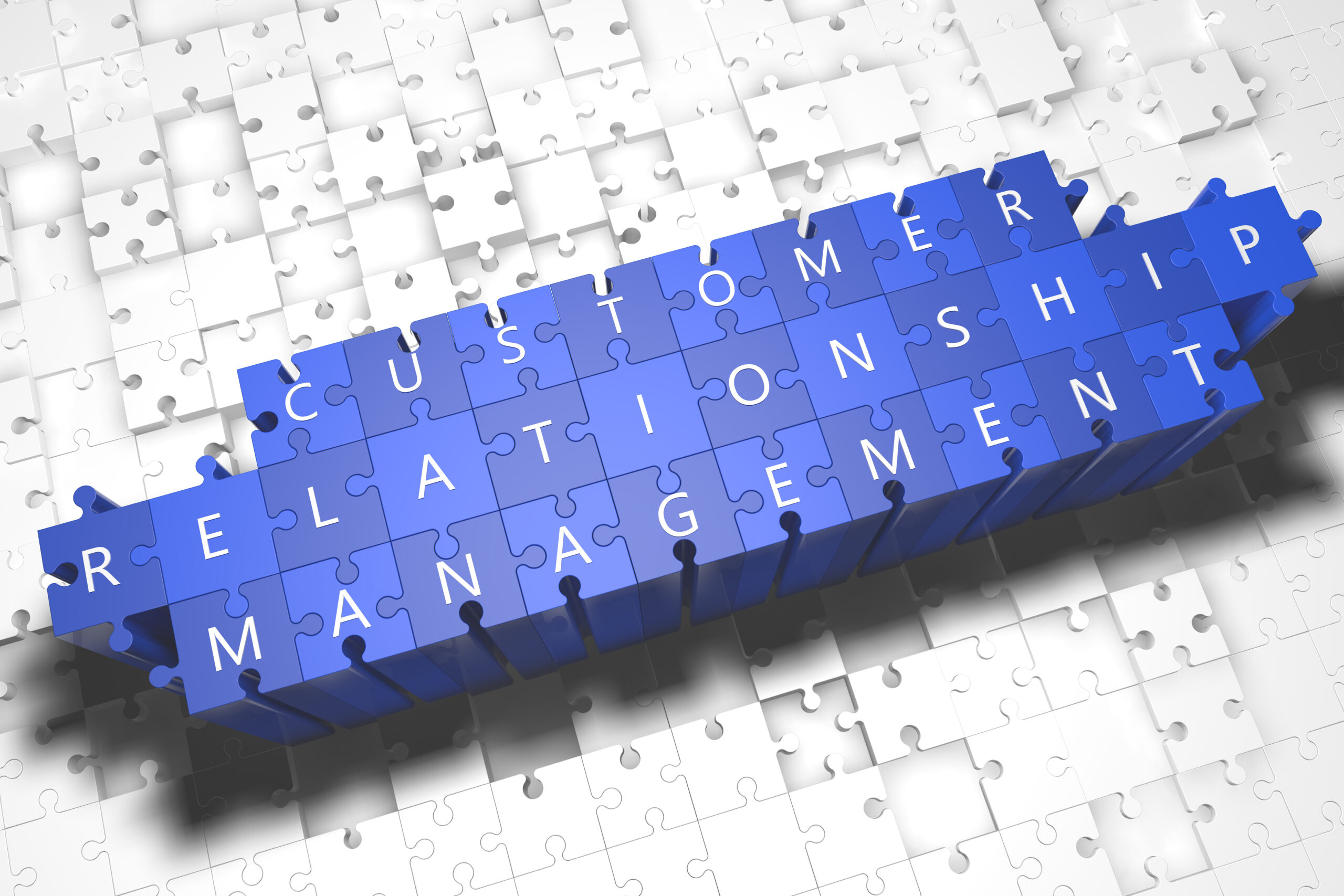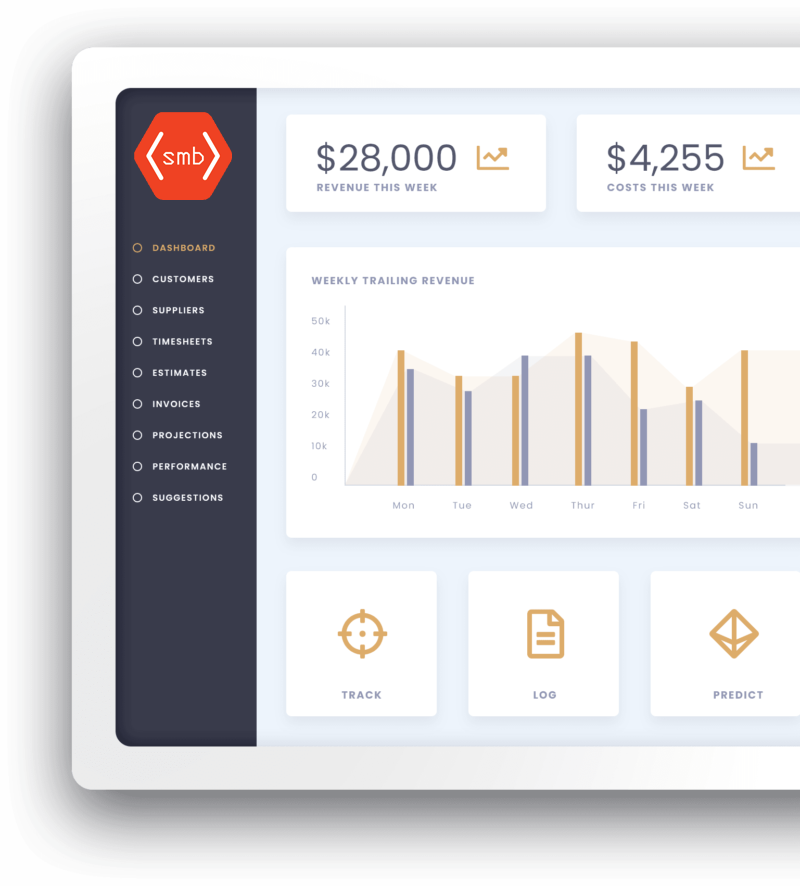
Change Is Inevitable As Your Business Grows
CRM—Modular Solutions Keep You Agile
Small and medium sized businesses today have more flexibility than ever when it comes to CRM architectures. Today’s MODULAR systems allow you to add sales, marketing, and service functionalities as your needs evolve. ‘You do not have to buy a giant package of bells and buttons that you may never use.’
Also, you can start with a core CRM system and expand with additional modules, rather than investing in entirely separate systems for each function.
👉Understanding the pros and cons of this modular approach can help you build a CRM that meets your unique needs today—and expands with your business as needs change.
So then, shall we delve into how modular CRM architectures offer that scalability by building your all-in-one solution from the beginning?
1. Flexibility: Build To Suit Your Business
Modular CRM means adding functionality as you need it. Example: Begin with the Sales module to manage leads and customer interactions, then add a Marketing module later to handle campaigns and customer segmentation. This incremental approach means you’re not paying for features you don’t currently need.
Modular systems require meticulous, up-front planning. That said, having the option to expand when the time is right will allow you to invest more time and money into your planning and initial setup. It is the planning and design that saves money in the long run, and gives you the ROI you purchased the system for in the first place.
Salesforce and Hubspot are CRM systems that offer architectures to let you mix and match modules.
You can build your CRM from the ground up, starting with essential functions and adding more as you grow. This flexibility makes modular CRMs particularly appealing for small and medium-sized businesses. Businesses that want to avoid the costs of those expansive, all-encompassing system from day one.
2. Cost Management
The greatest advantage of modular CRM systems is cost management. In truth—nobody would by a tractor-trailer when all the business needs is a company van.
Begin, instead, with a core CRM, and pay only for additional modules as you need them. This modular structure means you’re not locked into paying for features your business may never need or use. Something that will happen with a more comprehensive package, like those purchased by large businesses and corporations.
Owning a large, expansive CRM system is not what makes other companies successful. What makes other companies successful is using their budgets wisely. With modular options, you can better align your CRM expenses with your budget and operational priorities, adding capabilities only when it makes sense for your business.
3. Customized/Tailored Functionality
Adapting to your specific business needs is what makes MODULAR systems so attractive.
For example, if you’re a service-oriented business, you might prioritize a Service module to manage support tickets and customer inquiries, and hold off on adding Marketing functionalities until your customer base dictates the need for it, along with other modules.
With 👉Modular CRM Architectures, you can create a customized CRM experience by focusing on the areas that matter most to you. With MODULAR, the door is open for future expansion as you uniquely aligned CRM with your business strategy.
4. Compatibility & Seamless Integration
All businesses use various software platforms for day-to-day functions, leaving you to wonder “How nice will CRM play with our other I.T. tools?”
Standalone systems integration can be cumbersome and/or costly. Modular CRM systems, on the other hand, are built for compatibility. Once integrated, adding a new module is typically seamless, with all data remaining centralized so that your team can access sales, marketing, and service information from one unified interface.
Seamless data flow is crucial for 👉maximizing CRM efficiency. With modular CRMs, you can add new functionalities without disrupting your existing workflows, ensuring that your CRM evolves smoothly with your business.
5. Start Simple—Expand As Needed
Starting with a simple, focused CRM, and adding modules as needed can help you avoid the common pitfall of overcomplication.
How many times have you gone to a business and been delayed by, “I apologize, but we just moved to new billing system and we’re having difficulty…blah, blah, blah?”
With a modular CRM platform, you can begin with the essentials and expand your system’s capabilities at a manageable pace without overwhelming your staff.
The obvious overall benefit is that, when your team is ready for new functionalities, add them without a massive system overhaul. So, as you can see, there are several benefits to this gradual expansion. It not only helps with budget management, but also improves user adoption, and helps reduce customer irritation and inconvenience as your business expands.
Related articles
December 19, 2025
December 19, 2025
December 19, 2025
December 19, 2025













